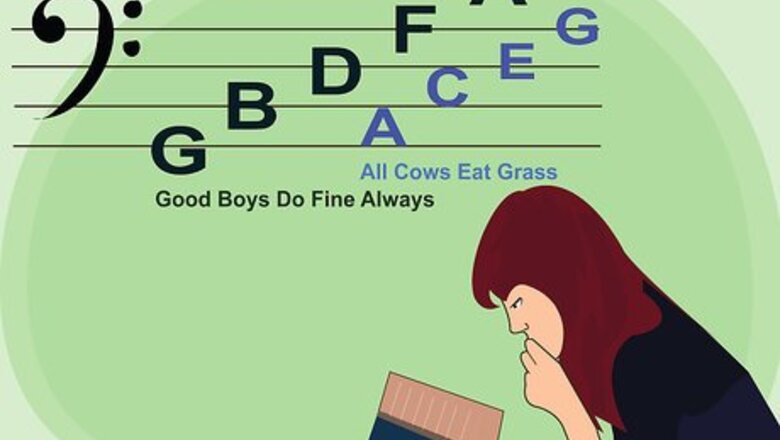
views
Steps
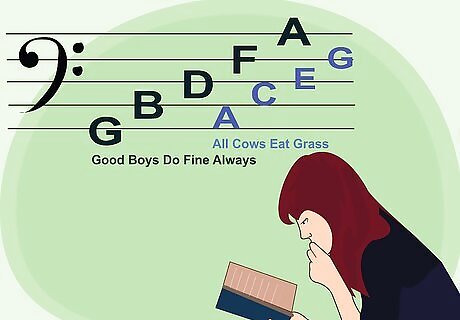
Learn how to read sheet music. As a classical pianist you will rely heavily on your books filled with classical masterpieces from all manner of famous or lesser known composers. It is a general belief and unwritten rule that when you play a classical piece you want to stay true to its composer's intent, so it is very important that you don't rely on your ear to learn a classical piece, because it is extremely unlikely that you will be able to pick out every note played by a pianist performing the piece you aim to learn. Due to this, playing classical music and being able to read sheet music goes hand in hand.
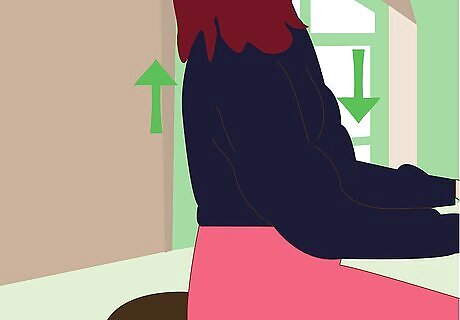
Make sure that you have proper posture and develop a good playing technique. This is especially important for fast and technically challenging pieces that require dexterity, control and endurance. The easiest way to do this is to have a teacher than can give you professional tips and ideas to help you find a technique that works well for you. Relax your shoulders and don't tense your forearms. Use your arm weight. Rather than just pressing the keys using your fingers, relax your arms and use the joints in your fingers to keep your wrists straight. Remember that your forearms should not have tension in them while playing. The weight of your arms should be able to rest on your fingers. Try having your hands rest on your knees or thighs while sitting down. This is the same relaxation you should feel playing the piano. Gravity is your friend. Watch videos of acknowledged skilled pianists to get inspiration. Ask a teacher or friends with knowledge in the area for pianists with excellent technique.
Playing fast pieces

Realize the challenge behind playing well quickly. If you listen to professional pianists that play, for example, Mozart's Piano Sonata No. 16 in C major or a fugue by Bach, generally make it sound extremely simple, but it is far from it. While you can learn a piano sonata or sonatina fairly quickly, as they generally may not be that complex, the big challenge comes in playing them well. It is very common for sonatas to have a lot of fast scales going up and down, and these are difficult to play evenly and precise. Because of this, proper technique is extremely important.
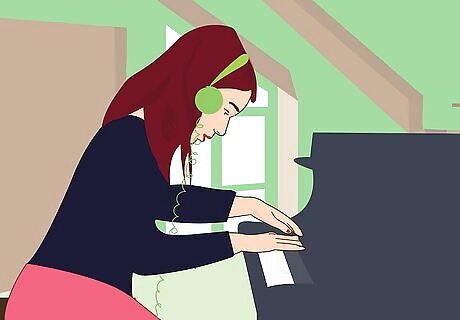
Be harsh on yourself. If you're playing a quick piano piece, listen carefully to what you're playing. If you find it difficult to listen and play simultaneously, record yourself. Listen for areas where quick sixteenth notes weren't completely even, or where you pressed a key much harder than the rest making it stand out even though it shouldn't. If you have a teacher, he or she will pick up on this. Know where you need to improve and of course listen to your teacher.
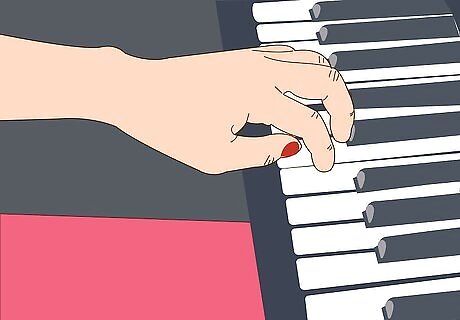
Practice crossing your fingers evenly. One of the most difficult things to do quickly and evenly is crossing fingers over each other, for example: thumb under middle or ring finger, or ring finger over thumb. Practice these kinds of transitions slowly. The general idea is that if you have to for example cross the thumb under your ring finger, your thumb should be in contact with the key that it is going to press when you're pressing your ring finger down on its own key. Once you press down your thumb, your other fingers have to quickly go back over the thumb and be ready at their next keys to press. Doing this flawlessly will help those quick scales to be played smoothly and evenly. Ask for help from your teacher or look up instructional videos to help you on your way if you get stuck.
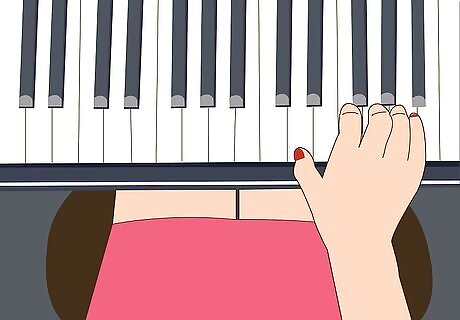
Don't go faster than you can handle. This is very important; never start playing a fast piece in its intended tempo. You will have to stop continuously and correct yourself often, and that is detrimental. Start slowly, using a metronome can help to make sure you don't increase the tempo unwillingly. Starting slow and then gradually increasing the tempo will make sure that once you get up to a satisfactory speed, you will still have control of what you're playing. But don't be too ambitious and increase the tempo too quickly. If you increase too much you will start making mistakes again while playing. If you do this, go back down to a manageable tempo. Practising fast pieces requires patience and discipline, but once you finally get it up to speed, they will be all the more fun to play if you've practised well.
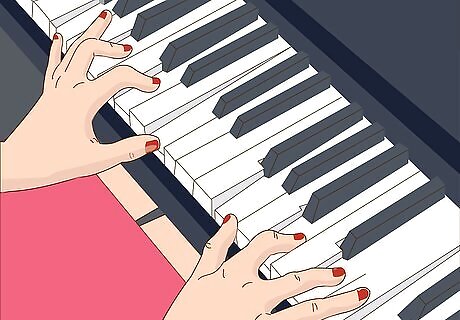
Follow the notated fingering, if any. Many pieces will have fingerings written down to help you play the piece efficiently, and while they will not always make sense and seem strange, try using them anyway and they might make more sense once you get familiar and comfortable with the piece. Fingerings have often been picked out and suggested by professional pianists, but simultaneously, different editions and translations of the same piece can have different fingerings suggested. If all else fails and you really cannot make a suggested fingering work, then it is okay to create your own that fits you better. Every pianist is different.
Playing slow and expressive pieces
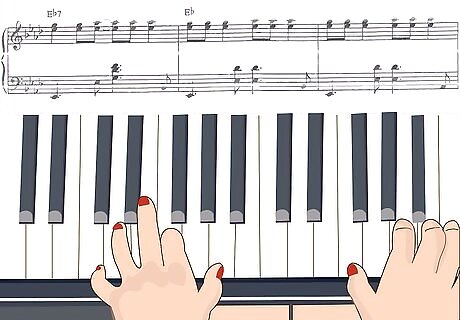
Learn the piece while playing it with a strict tempo. A lot of romantic pieces will allow for expressive tempo changes, ritardandos and accelerandos, but your first priority should be to learn the piece while playing with a strict and constant tempo.

Make your own interpretation. Once you're comfortable with a piece and know how to play it, you can add ritardandos, accelerandos, crescendos and diminuendos where you see fit. There is no right or wrong here. A lot of the time things like this will be written down in the sheet music to guide you, but it is up to you to what degree you want to do each expressive "suggestion". Look up different recordings of, for instance, Debussy's La fille aux cheveux de lin and you will notice that no recording is the same. That's because each pianist has made their own interpretation of it. You can use recordings as inspiration, but ultimately it can be more fun to create your own idea of the piece, and to tell your own story while playing it. This might even attach you to the piece on an emotional level so that it is more than a mere piece of paper with notes written on it. When people watch you play it they will feel that personal energy flowing through your fingers into the piano keys.

Make sure the melody stands out. Romantic pieces usually have a lot of chords and notes played at the same time, but in the end only one of those will be the melody. If you're not careful that melody will be lost in the cluster of tones created by the chords. Always make sure that you can make out the melody while playing. You should be able to sing along with it (in your head). To do this, make sure that you put more of your arm's weight on the finger(s) playing the melody. It can also help to do your best to play the melody with legato unless otherwise instructed by the sheet music. This can be difficult when playing chords at the same time, but a lot of the time the sheet music will have suggestions for fingerings that can help you on your way. If not, try to figure out your own, or ask your teacher or a friend for help.




















Comments
0 comment